Charlemagne was King of the Franks from 768, King of the Lombards from 774, and Holy Roman Emperor from 800. He united much of western and central Europe during the early Middle Ages. He was the first recognized emperor to rule from western Europe since the fall of the Western Roman Empire three centuries earlier. Take a look below for 30 more interesting and fun facts about Charlemagne.
1. The expanded Frankish state that Charlemagne founded is called the Carolingian Empire. He was later invalidly canonized by the anti-pope Paschal III.
2. Charlemagne was the eldest son of Pepin the Short and Bertrada of Laon, born before their canonical marriage.
3. He became king in 768 following his father’s death, initially as co-ruler with his brother Carloman I.
4. Carloman’s sudden death in December 771, under unexplained circumstances, left Charlemagne as the sole ruler of the Frankish Kingdom.
5. Charlemagne continued his father’s policy towards the papacy and became its protector, removing the Lombards from power in northern Italy and leading an incursion into Muslim Spain.
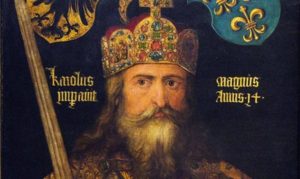
6. He campaigned against the Saxons to his east, Christianizing them upon penalty of death and leading to events such as the Massacre of Verden.
7. He reached the height of his power in 800 when he was crowned Emperor of the Romans by Pope Leo III on Christmas Day at Rome’s Old St. Peter’s Basilica.
8. Charlemagne has been called the “Father of Europe”, as he united most of Western Europe for the first time since the classical era of the Roman Empire and united parts of Europe that had never been under Frankish rule.
9. His rule spurred the Carolingian Renaissance, a period of energetic cultural and intellectual activity within the Western Church.
10. All Holy Roman Emperors considered their kingdoms to be descendants of Charlemagne’s empire, up to the last Emperor Francis II and the French and German monarchies.
11. Charlemagne divorced his first wife, Desiderata, within a year of their marriage. He then married 13 year old Hildegard in 771. As his marriages continued, he went on to have as many as 18 children by his several wives.
12. He was known as a very strong leader. He’s considered one of the greatest leaders of the Middle Ages. As he gained control of territories, he left Frankish nobility to rule them.
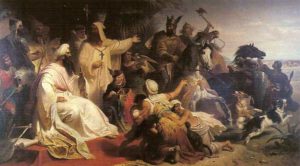
13. Charlemagne would leave local customs and laws to remain in place after gaining control of territories, and made sure they were written down and recorded. As part of Charlemagne’s administrative efforts, he ensured that laws in territories were enforced.
14. Charlemagne believed that children should be educated, and encouraged the education of his daughters as well as his sons.
15. It has been written that Charlemagne loved his daughters too much to let them get married while he was still alive.
16. He enjoyed leisure activities such as swimming, horseback riding and hunting.
17. He was instrumental in pushing a standardized form of writing, which was the basis for many modern printed European alphabets.
18. Charlemagne crowned Louis the Pious, his son, as co-emperor, and King of Aquitaine, in 813. Charlemagne’s health had begun to fail and he refused to listen to the doctors about his diet.
19. Charlemagne presided over a cultural and legal revival that came to be known as the Carolingian Renaissance.
20. Modern day France and Germany emerged from Charlemagne’s empire, the former as West Francia and the latter as East Francia.
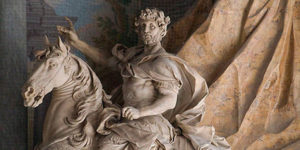
21. It took 32 years before Charlemagne completely conquered the Saxons from 772 to 804 CE.
22. He ordered bishops and abbots to set up schools for the training of monks and other clerics.
23. He made Latin the standard written and spoken language in his massive empire of several languages and dialects.
24. Charlemagne played a key role in preserving much of the literary heritage of ancient Rome.
25. The warrior king image of Charlemagne was the inspiration for all subsequent empire builders in Europe during the Middle Ages.
26. The word for “king” in several modern Slavic languages such as Krol in Polish and Kral in Czech are based upon the German name of Charlemagne, which was Karl.
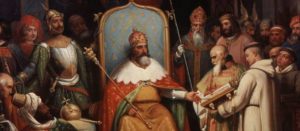
27. Charlemagne had no children with his first wife or his fourth wife.
28. He always wore a blue cloak and carried a sword with a golden or silver hilt.
29. He despised elaborated and expensive cloths and usually dressed like the common people.
30. He died of Pleurisy, which is also known as pleuritis, an inflammation of the pleura, the lining of the pleural cavity surrounding the lungs which is often caused by infections.

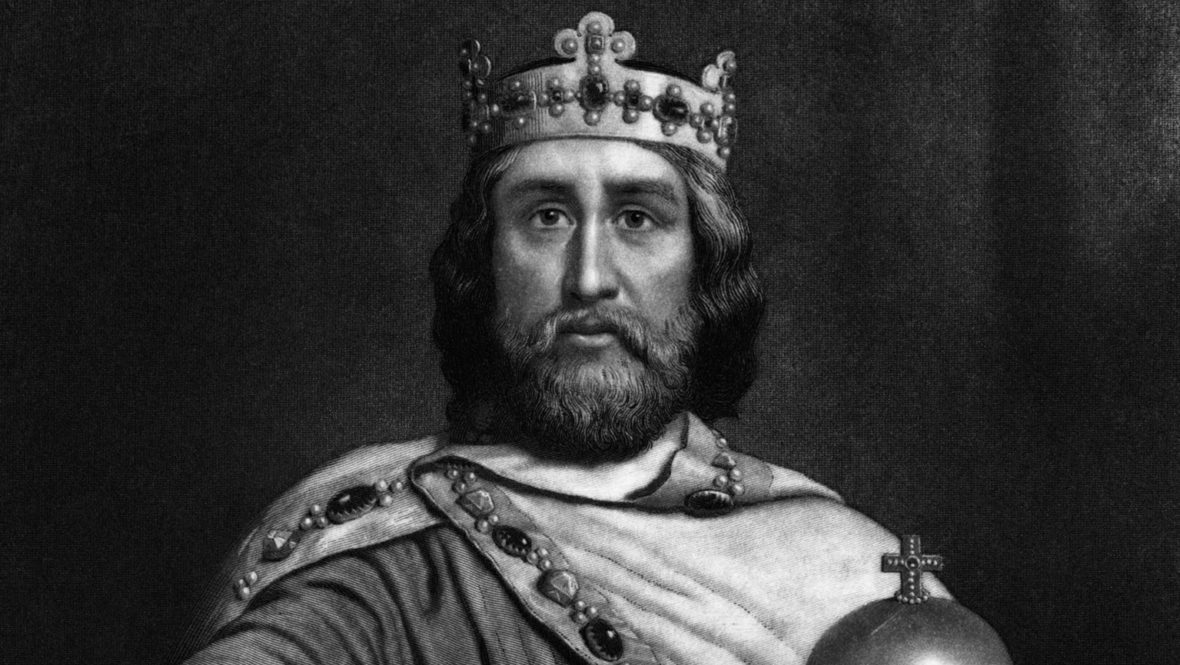


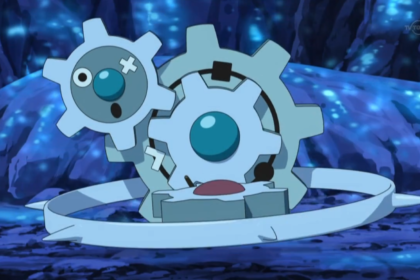
3 Comments
Pingback:
June 25, 2018 at 12:48 amPingback:
June 26, 2018 at 2:20 pmPingback:
July 15, 2018 at 12:54 am